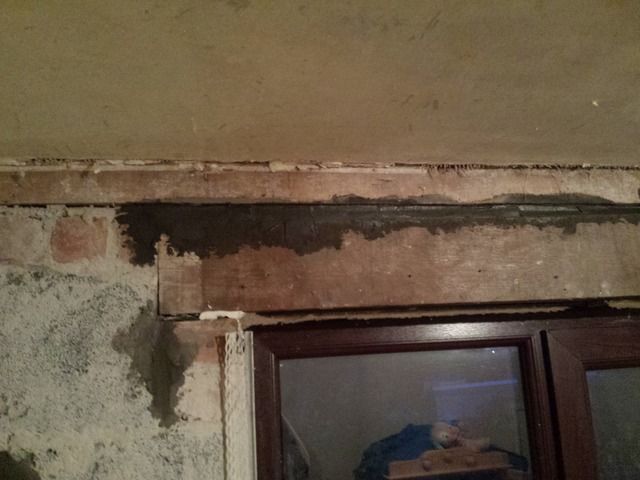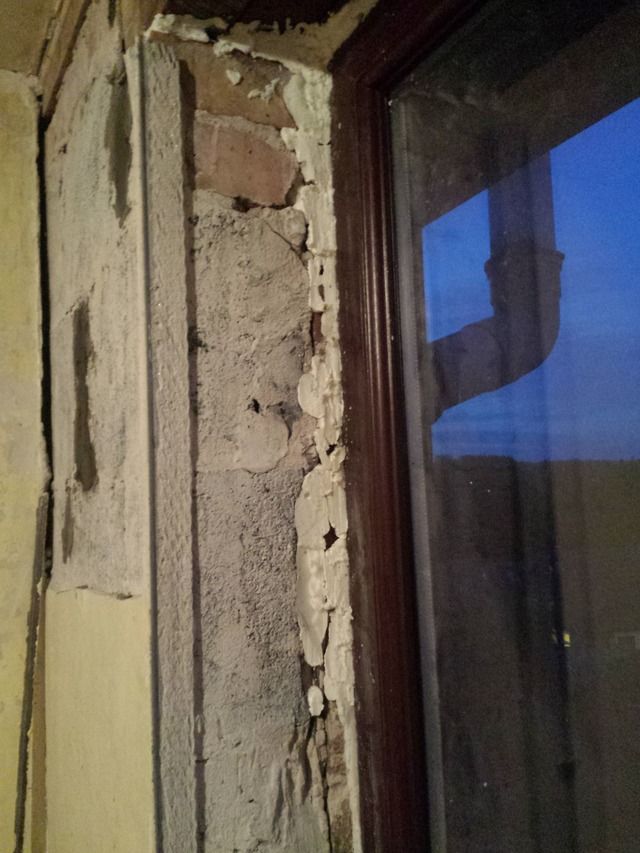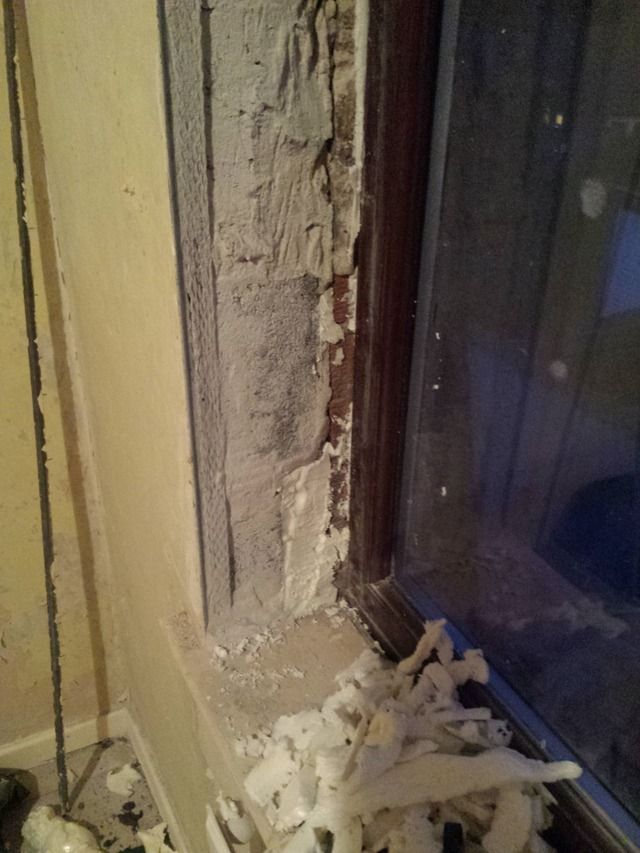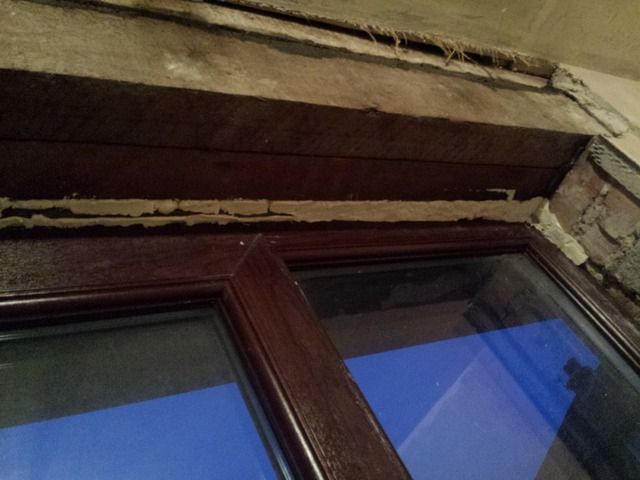I am currently decorating our back bedroom and came to the wall with the window fitted. All the plaster around the window frame was very loose and also abit of mould on the top left corner. So after a quick google i decided to remove the lot and do a proper job rather than having to redo it a few months later.
So here is how it stands now:
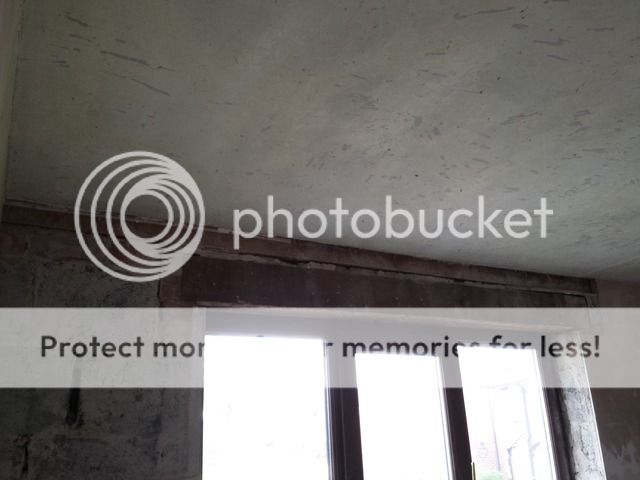
This was the corner that had some mould:
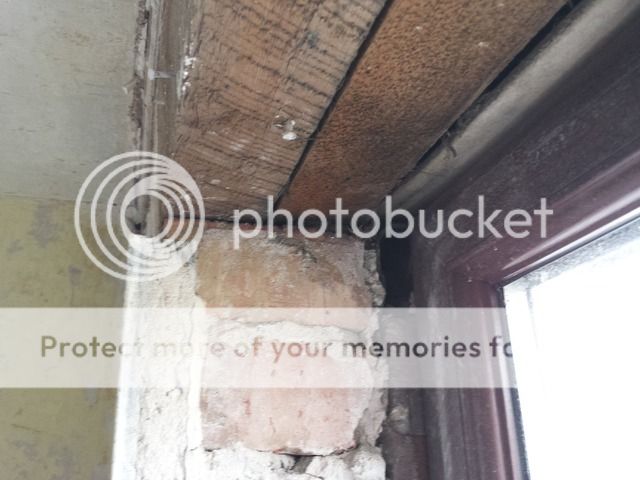
Should this hole just be filled with some cement?
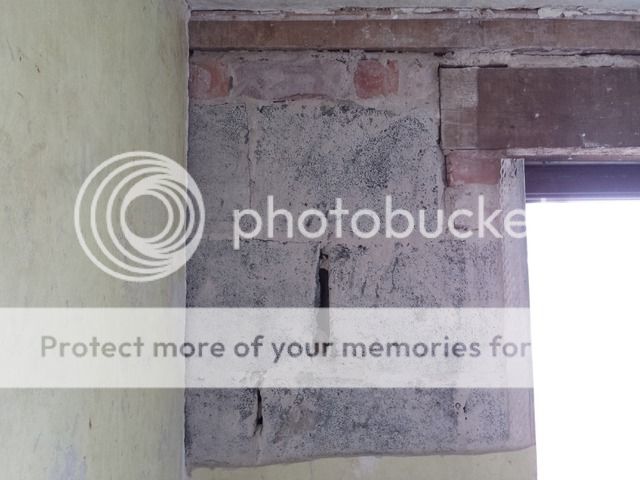
This lintel across the top is abit loose, infact i'm sure if i tryed i could probably pull it out(not going to). Just wondering what is the best way to secure it again? Should i pack it out with something or fill gaps with cement? Screws etc..?


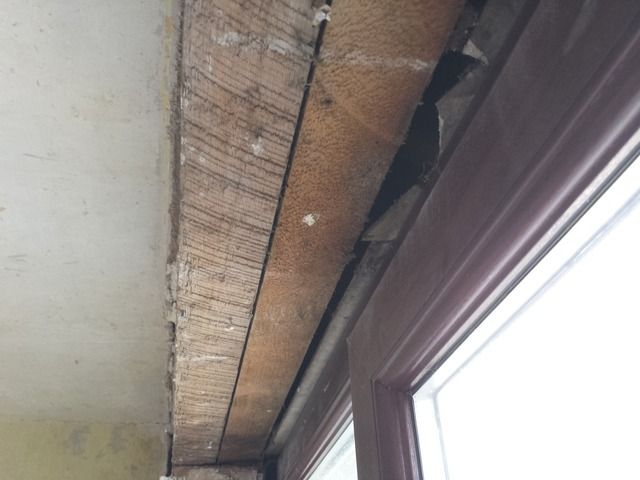
A few more pics:
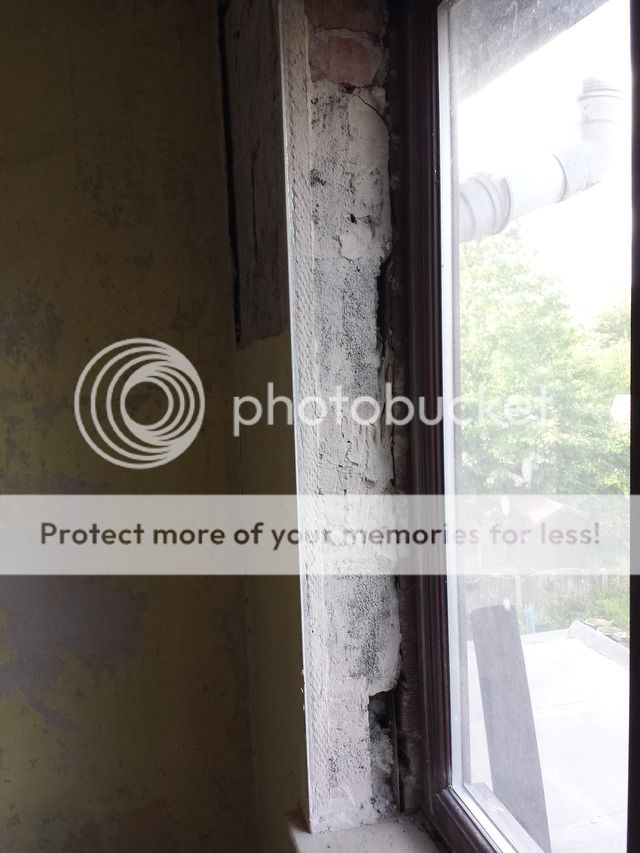
Not sure why theres a gap there?
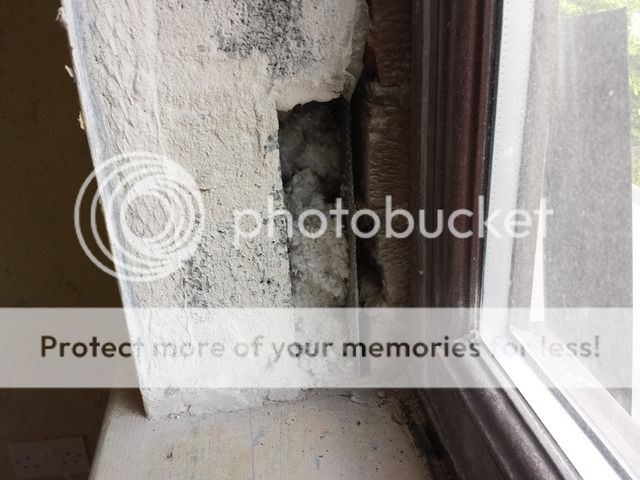
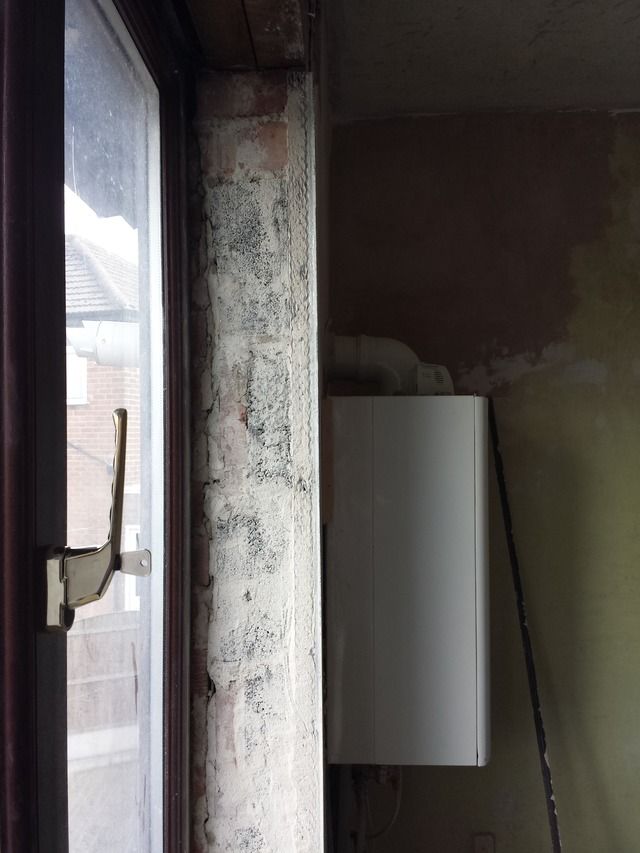
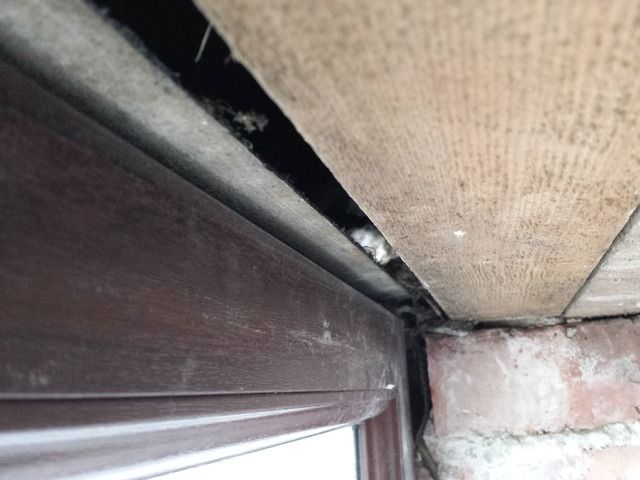
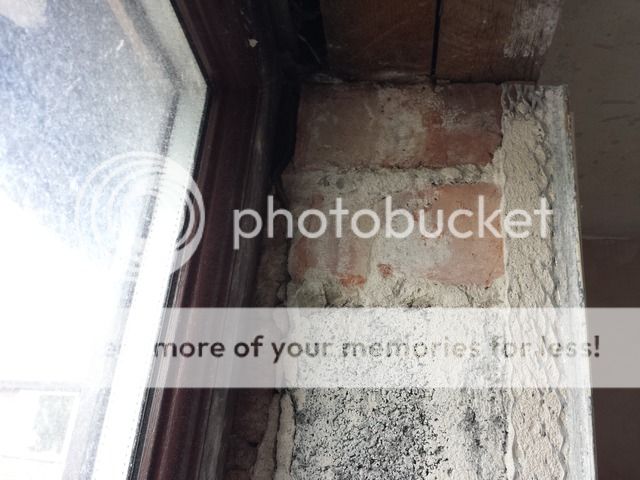
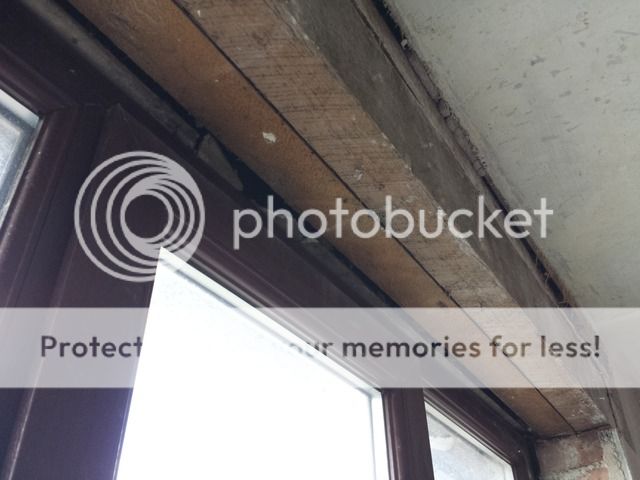
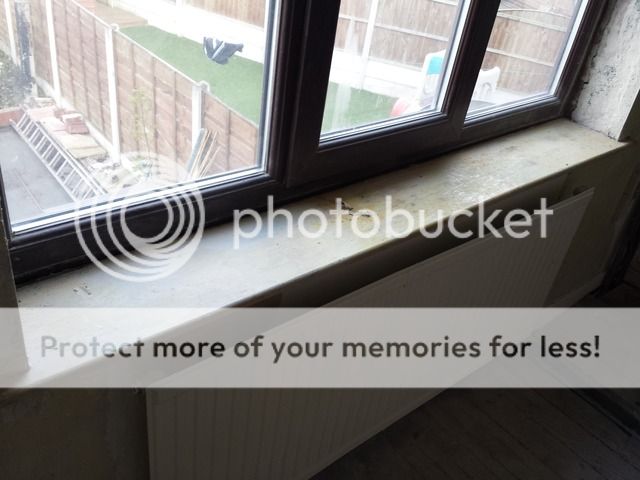
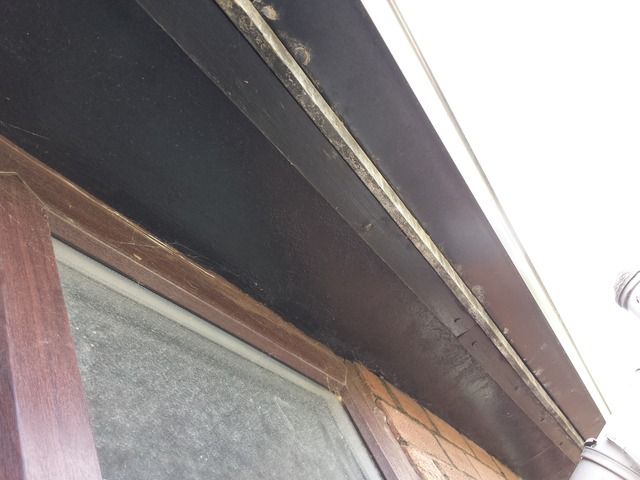
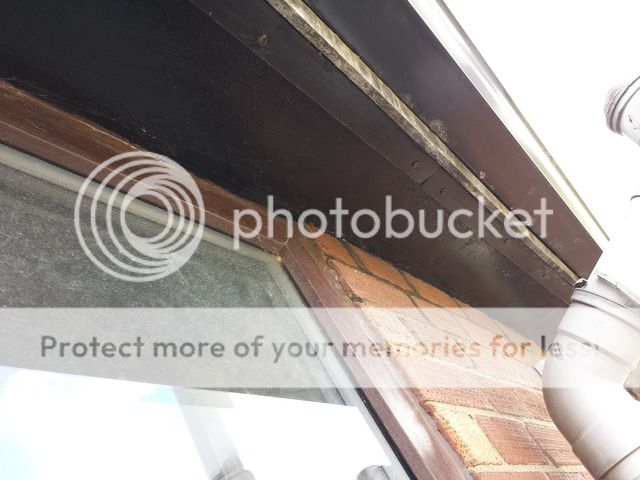

Allot of pics i know but trying to give as much info as possible.
Any help would be great
So here is how it stands now:

This was the corner that had some mould:

Should this hole just be filled with some cement?

This lintel across the top is abit loose, infact i'm sure if i tryed i could probably pull it out(not going to). Just wondering what is the best way to secure it again? Should i pack it out with something or fill gaps with cement? Screws etc..?



A few more pics:

Not sure why theres a gap there?









Allot of pics i know but trying to give as much info as possible.
Any help would be great



